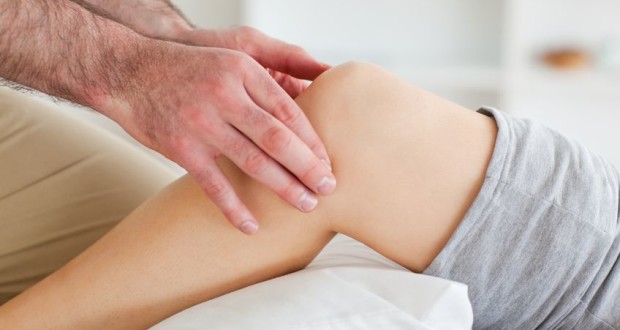As the number of elderly and middle-aged Americans continues to grow, so does the prevalence of osteoarthritis. According to the Centers for Disease Control and Prevention, roughly 52.5 million adults have been diagnosed with some form of arthritis. By the year 2030, this figure is projected to reach 67 million. Not surprisingly, medical researchers continue to examine methods for treating this condition ‒ including massage therapy.
Weekly Treatments
According to a team of researchers from various American colleges, those with osteoarthritis of the knee could benefit from Swedish massages. Published in the journal PLoS One, this report studied the effects of massage therapy on 125 adults, all of whom had been previously diagnosed with knee osteoarthritis.
Each participant was asked to adhere to a specific treatment plan designed to alleviate their symptoms. Most subjects (100 out of 125) were placed into one of four 8-week programs that utilized regular Swedish massages. Each program featured a specific amount of treatment:
- 30 minute massages, once per week
- 30 minute massages, twice weekly
- 60 minute massages, once per week
- 60 minute massages, twice weekly
There was also a fifth set of participants who were treated with more conventional methods. This was known as the usual care group.
Measuring Benefits
At various points in the study, the authors recorded key information about their subjects, such as their levels of pain, functionality and joint flexibility. When contrasted against their counterparts in the “usual care” set, those assigned to the 60 minute groups enjoyed significant decreases in pain and improved knee function after 8 weeks. Even compared to the 30 minute groups, subjects who received hour-long massages reported less arthritic pain.
Interestingly enough, the researchers noted that the two 60 minute groups had strikingly similar results. Given these findings, the study concluded that an hour of Swedish massage per week was the “optimal” treatment dosage for knee arthritis.
Not all of the recorded data reflected well on Swedish massage therapy. Regardless of whether they were treated with massage or conventional methods, the subjects range-of-motion scores remained largely unchanged. Moreover, both the usual care and massage groups saw dwindling returns from their treatments at the 24 week mark. By this point, the results gap between the various groups had largely eroded.
Though the conclusions of the study were certainly noteworthy, the authors contend that further research is needed to reinforce their findings. They contend that future studies should gauge the effectiveness of weekly, hour-long therapy sessions on larger sample sizes.
 Natural Knowledge 24/7 Educate yourself with nutrition, health and fitness knowledge.
Natural Knowledge 24/7 Educate yourself with nutrition, health and fitness knowledge.






